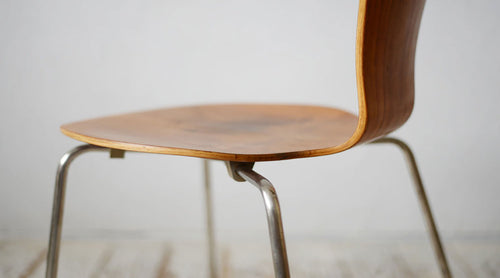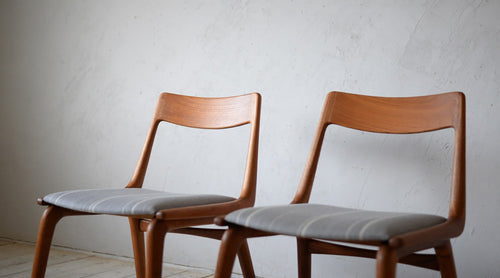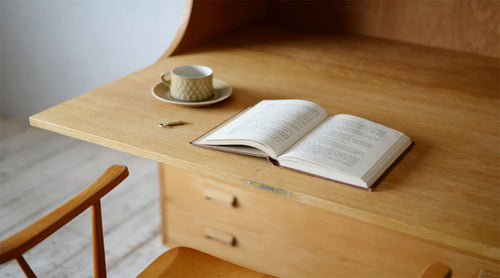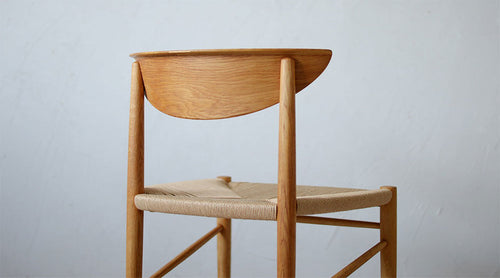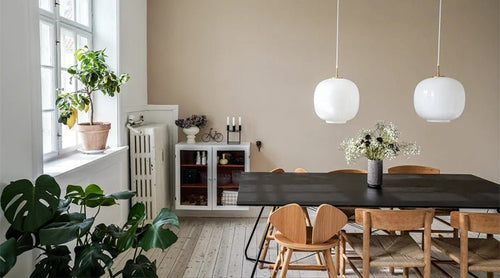- 心を満たす居場所
Storage tips for creating a comfortable life [Three points to consider when thinking about storage]
Hello everyone. This is Okada from Public Relations.
As we gradually approach the end of the year, many people may be finding themselves paying more attention to things at home than usual.
It's also an opportunity to take the time to properly consider various things that you might have thought, "This is a little difficult to use, but I'll think about it when I have time."
This time, titled "Storage tips that organize your space and your mind," I, Okada, who is also a residential space storage planner, will be delivering tips on storage and how to choose furniture in four parts.
Three points to consider when thinking about storage

Many people are so busy every day that they don't have time to tidy up their homes, but being busy may not be the only reason why they can't tidy up.
This is because many of today's Japanese homes do not have sufficient storage space.
The reason is that many people prioritize the size of the room.
It is difficult, from a cost perspective, to provide ample storage space while still ensuring sufficient room size.
Even though we know that storage space is important, we still long for a spacious room.
Furthermore, in apartments and pre-built homes where the customer is not specific, there is no storage plan designed to suit the individual's belongings, so it is only natural that the storage space is not optimal.
However, if you add too much storage furniture, the space may end up becoming cramped and uncomfortable to live in.
It's a shame to waste such a spacious room!
Here are three storage points to consider!
Tip 1: Figure out what you own and think about how to store it

The basics of storage start with reviewing what you own.
If you don't organize your belongings properly, you'll end up taking up storage space with things you don't need.
Is this really necessary or not?
Take a moment to look at your belongings, think about them, and make sure you only keep what you need.
Something I often think about is that we have to pay rent for the space we use to store things.
In other words, if you ask yourself, "Do I really need to keep this even if it means paying rent for it?" and organize your thoughts, you'll be able to quickly decide whether or not you need it.
It may seem like a bit of a stingy (?) way of thinking, but I recommend it.

And so, the one that emerged victorious was "What I truly need."
The next thing to think about is how to store them.
For example, "leaving a little space" is one recommended storage method.
If possible, it is best to keep the number of items to about 70% of the storage furniture.
As we go about our daily lives, even if we are careful, our possessions inevitably pile up.
(Even if I try to be careful, I still end up bringing back cool flyers and free papers I come across when I go out.)
Instead of choosing storage furniture that fits exactly the number of items, leave some space.
This way you can maintain a tidy space!
We will introduce more of Okada's recommended storage tips in the second installment!
Point 2: Consider the flow of movement

The second point is to consider movement patterns.
Even if you buy furniture to fit your belongings, it may be difficult to use depending on where you place it.
For example, if you have a storage unit with drawers, you will need about 1,000 mm of space for accessing items.
Even for swing doors, 900mm is required.
You can create a more comfortable space by considering not only the dimensions of the furniture but also the "operating dimensions" required when using that furniture.
You can also fully enjoy the appeal of your furniture!
Another thing to pay attention to, along with the operating dimensions, is the "operating space."
For example, if you are putting new storage furniture in your bedroom, how far away should it be from the bed?
Consider the "bed movement space" required when getting up and going to sleep, and place storage furniture in a position that ensures this.
This will make the whole room feel more comfortable and cozy!
We will provide more details about the required operating dimensions and operating space in the third installment.
③ Match to the scene

The third and final point is to "match it to the scene in the room."
The style of storage required will change depending on how the room is used and its purpose.
For example, the living room is a place for the family to relax, so leaving ample space between furniture creates a spacious and relaxing space.
Also, since it is a place where you will spend time with friends and guests, it is recommended to incorporate visible storage that has a high interior design value.
On the other hand, the kitchen is a place that is used many times a day by the whole family, so storage that places a greater emphasis on efficiency is required.
We recommend using hanging storage or open shelves, which meet the requirements of being easy to reach, not having to search for things, and easy to put things back in their original place.
As you can see, there are many different types of storage that are just right for different situations in your room.
We will provide detailed storage methods for each occasion in the fourth installment!
How was it?
When your room is neat and tidy, you feel more positive.
I feel like I'm starting something new and adding more positive things to my life.
Please look forward to the next one!
Public Relations: Okada

